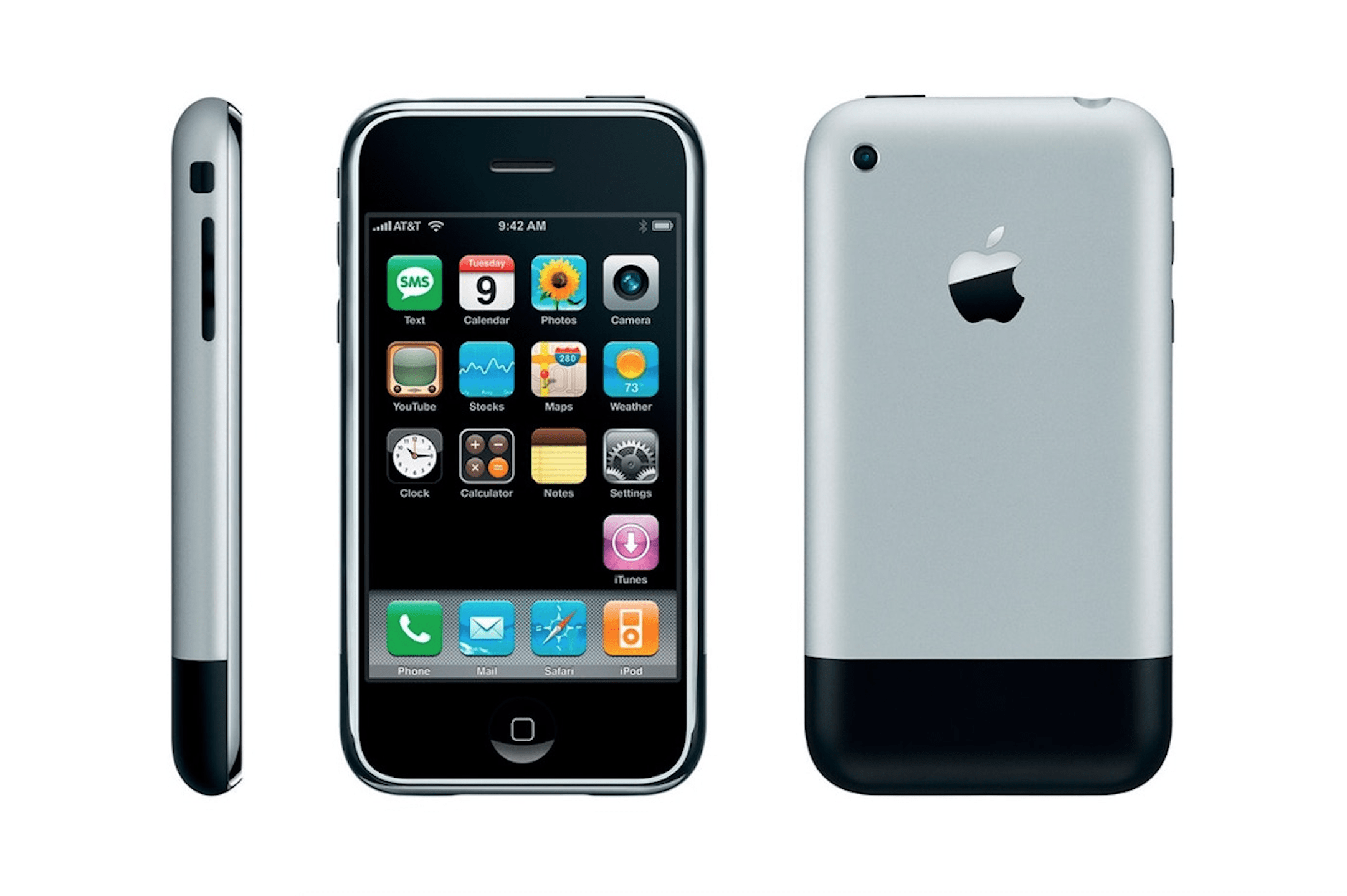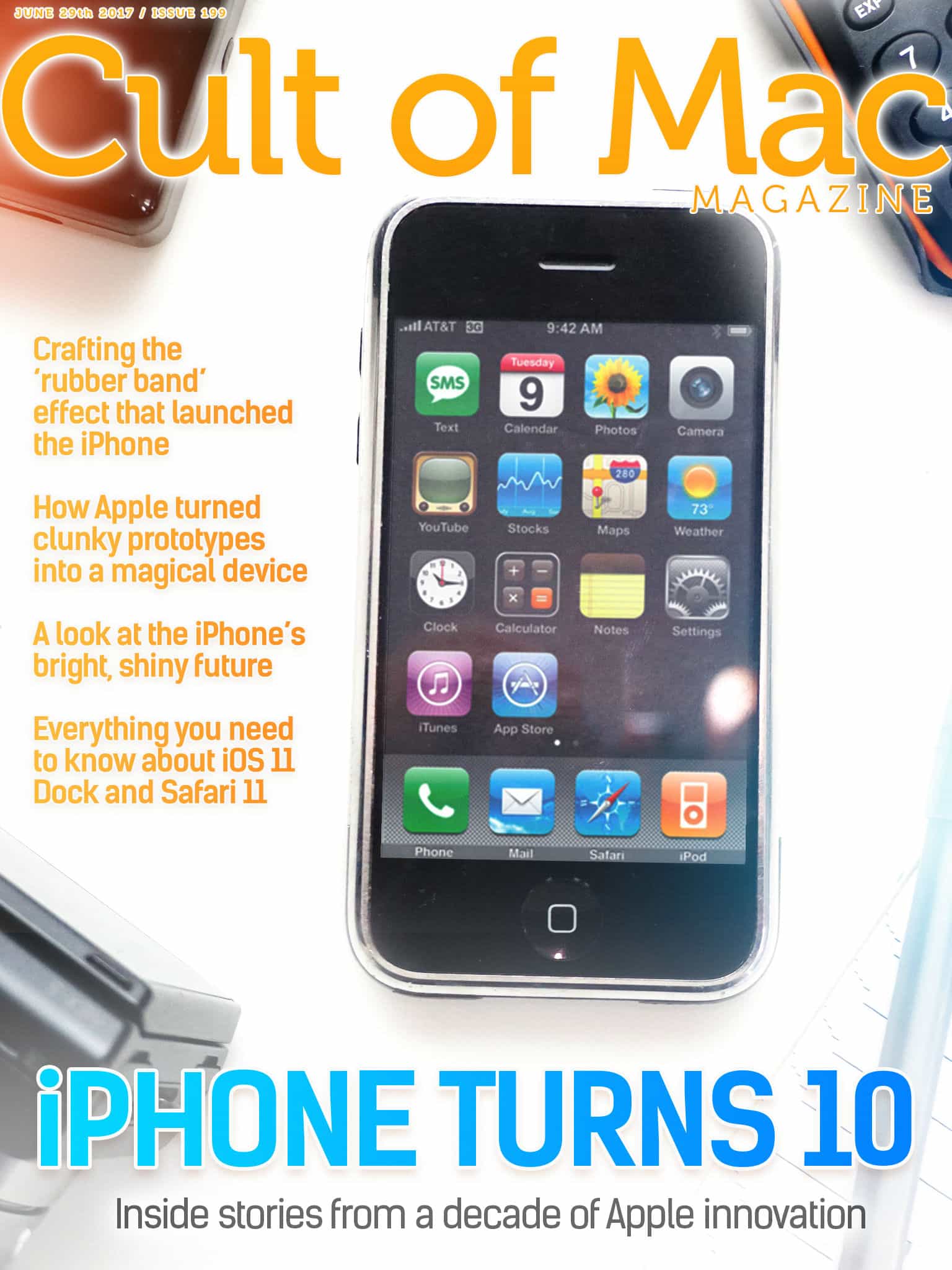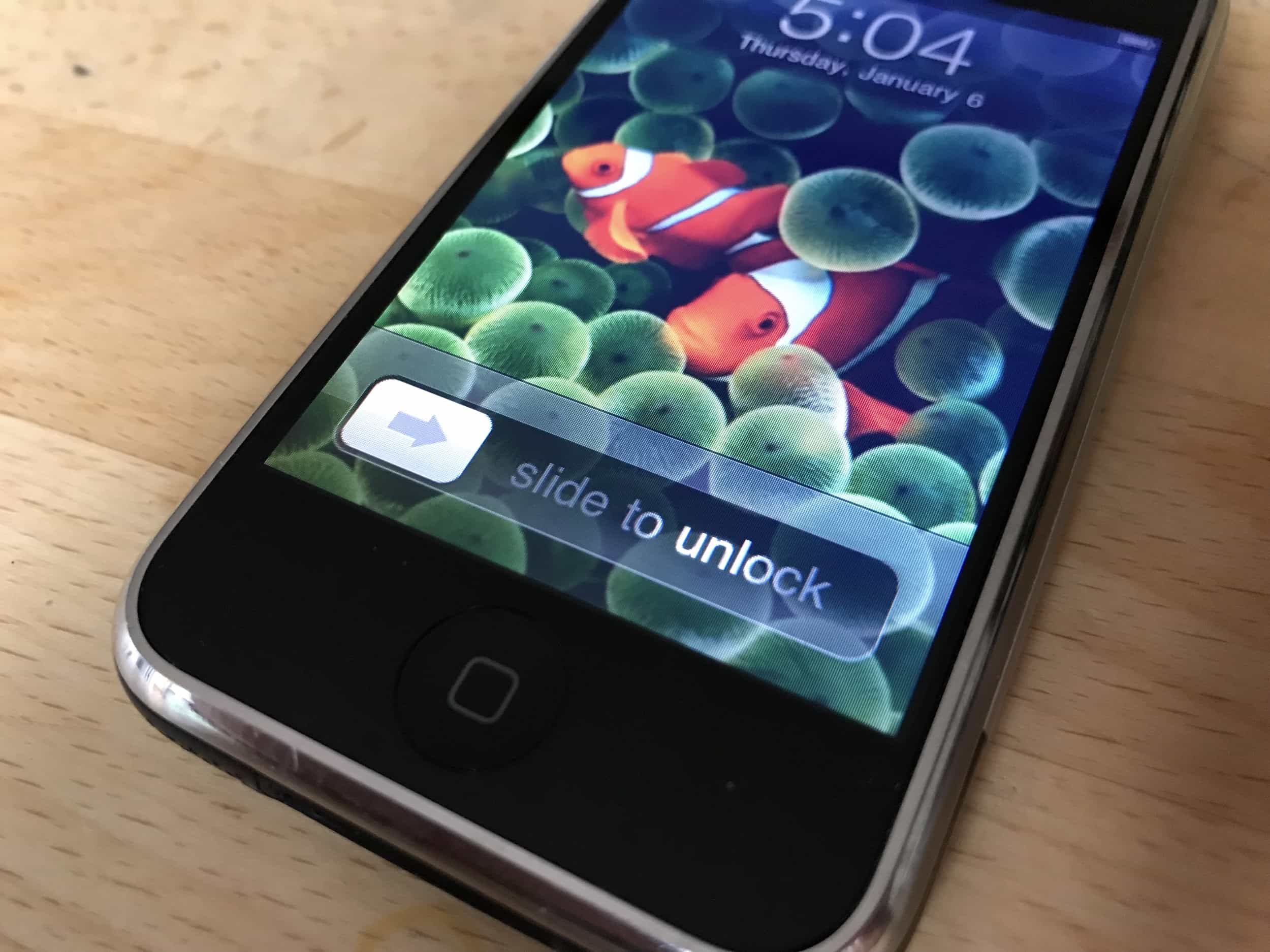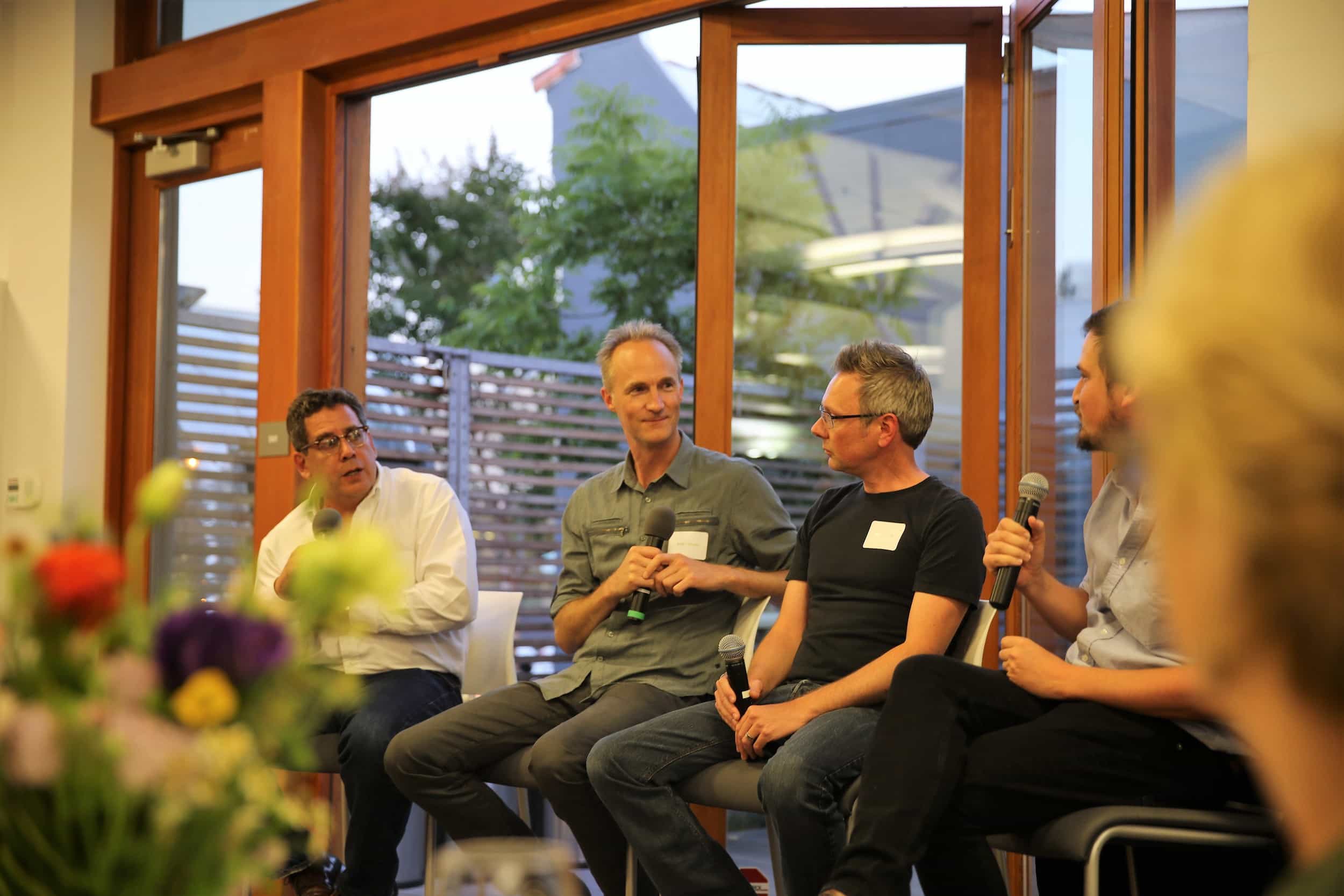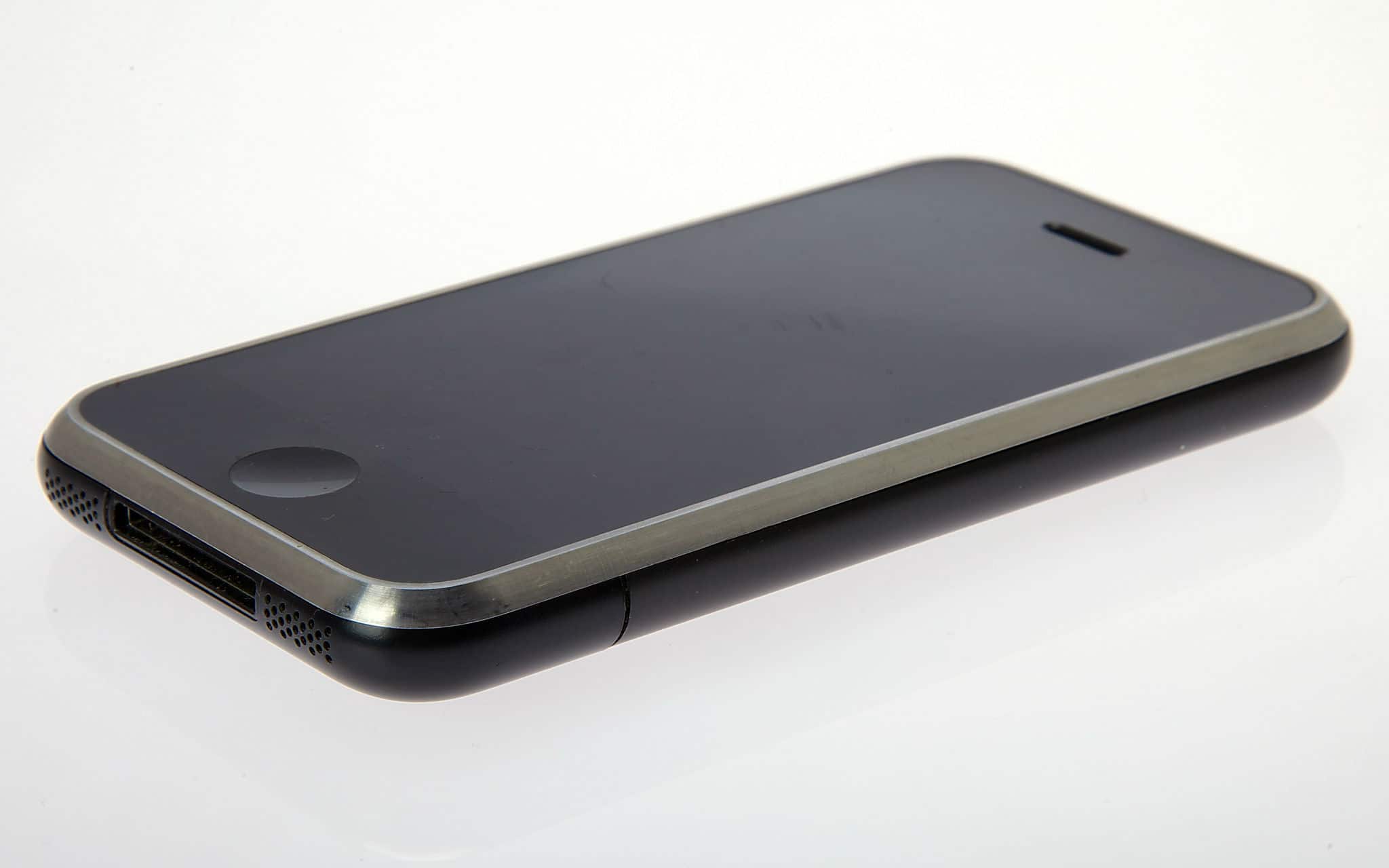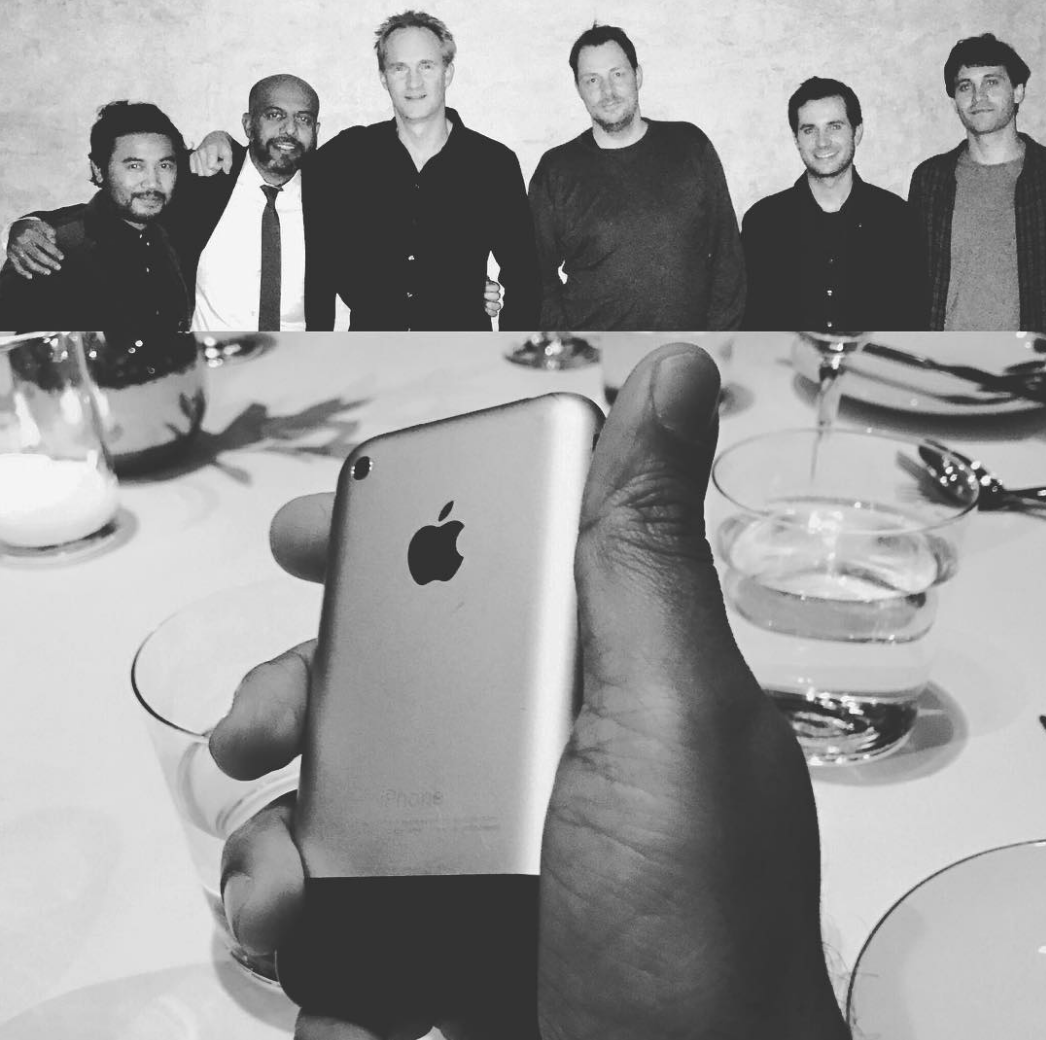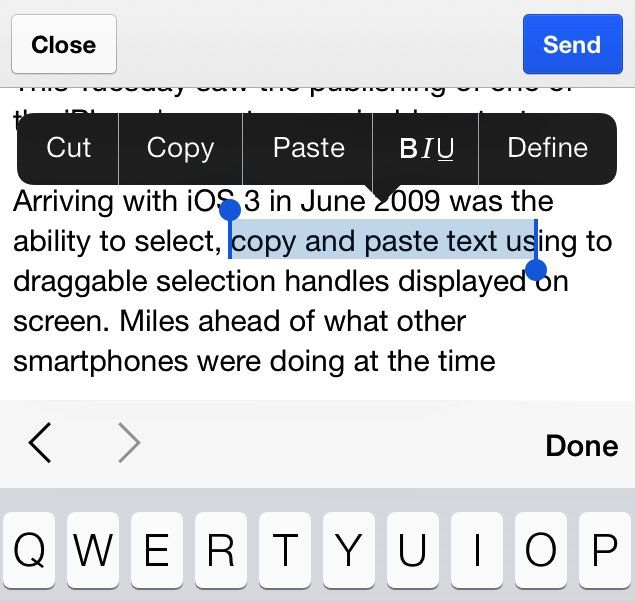This week on Cult of Mac’s podcast: We’re hearing all kinds of rumors about the USB-C cable(s) that will come with iPhone 15 models. Will they be colorful? Braided? Fast? Slow? We’ve got some leaks and some informed speculation — and probably just enough cable to hang ourselves with.
Erfon’s out this week, but we’ve got a special guest you won’t want to miss!
Also on The CultCast:
- The Vision Pro gasp heard ’round the world!
- Why you might want to wash the nasty stuff off your Apple Watch band.
- Leander’s new e-book Unsung Apple Hero showcases the innovative work of Bas Ording, the Apple designer who worked closely with Steve Jobs to create the look and feel of the iPhone and more.
- Griffin walks us through some useful Apple apps hiding on your Mac. (Hello again, Stickies!)
Listen to this week’s episode of The CultCast in the Podcasts app or your favorite podcast app. (Be sure to subscribe and leave us a review if you like it!) Or watch the video live stream, embedded below.
![IPhone 15 cable might be its biggest surprise [The CultCast] The CultCast episode 609: Logo plus a braided blue USB-C cable.](https://www.cultofmac.com/wp-content/uploads/2023/08/CultCast-609-iPhone-15-cables-1536x864.jpg)

